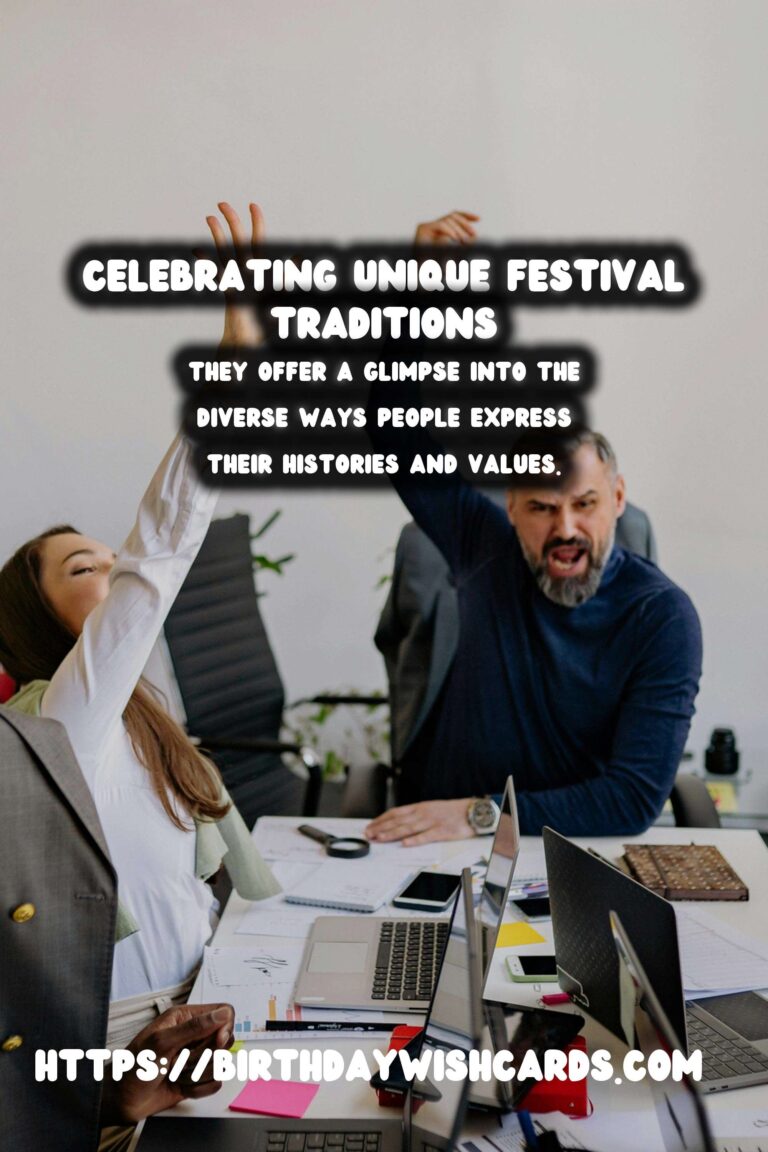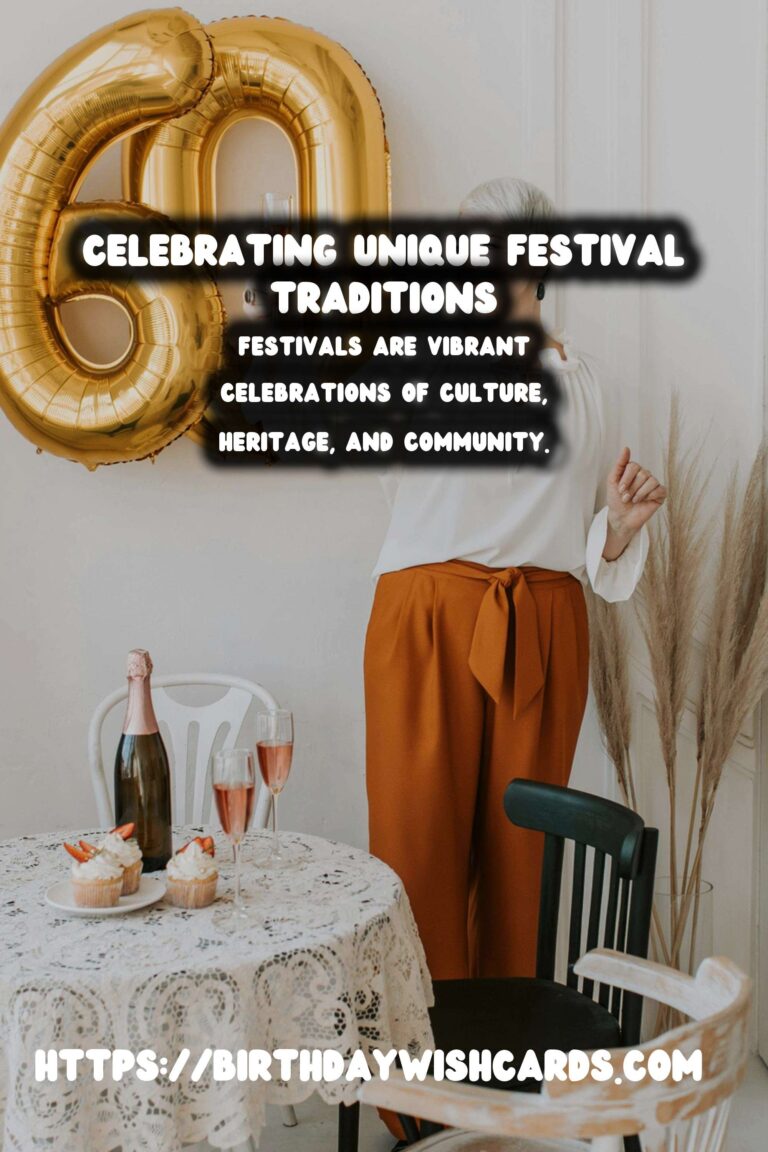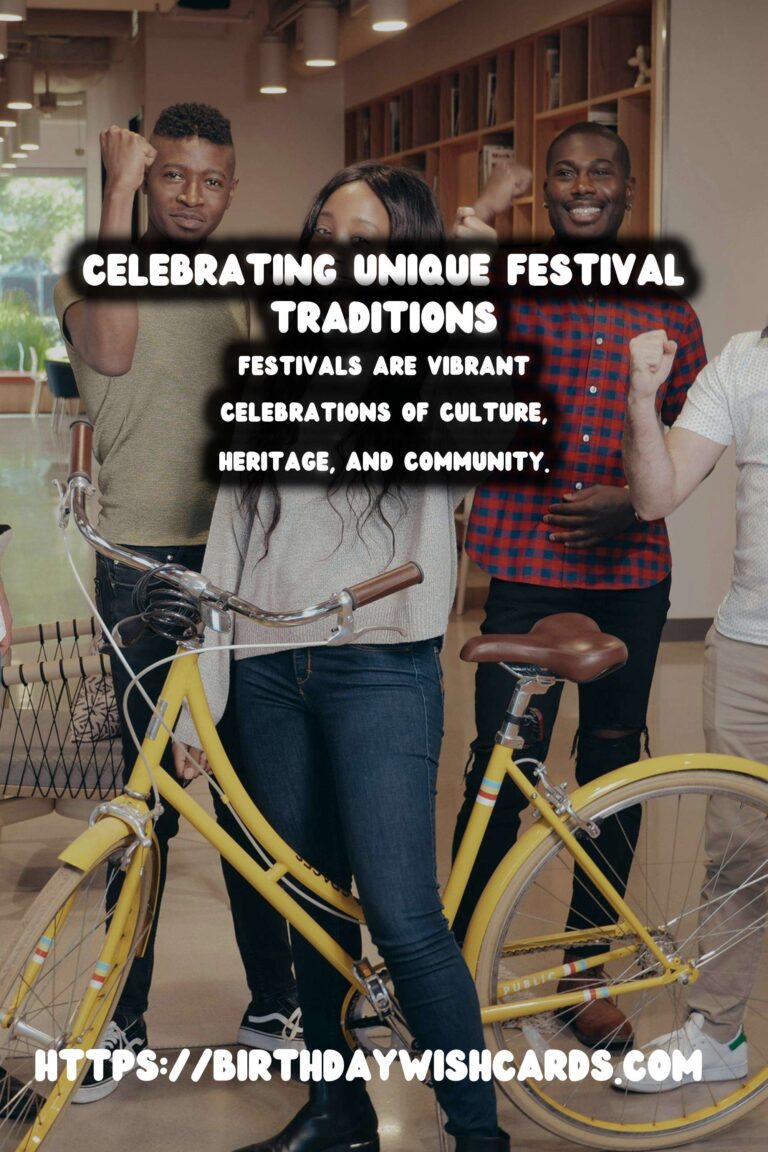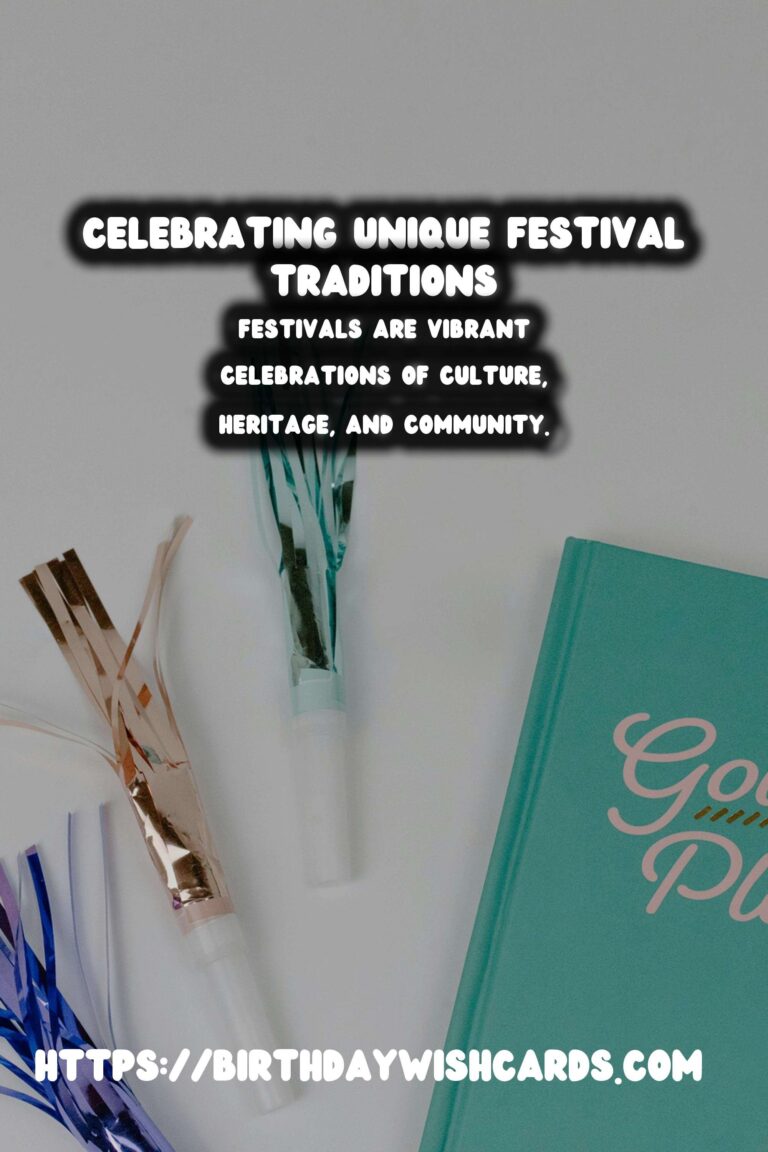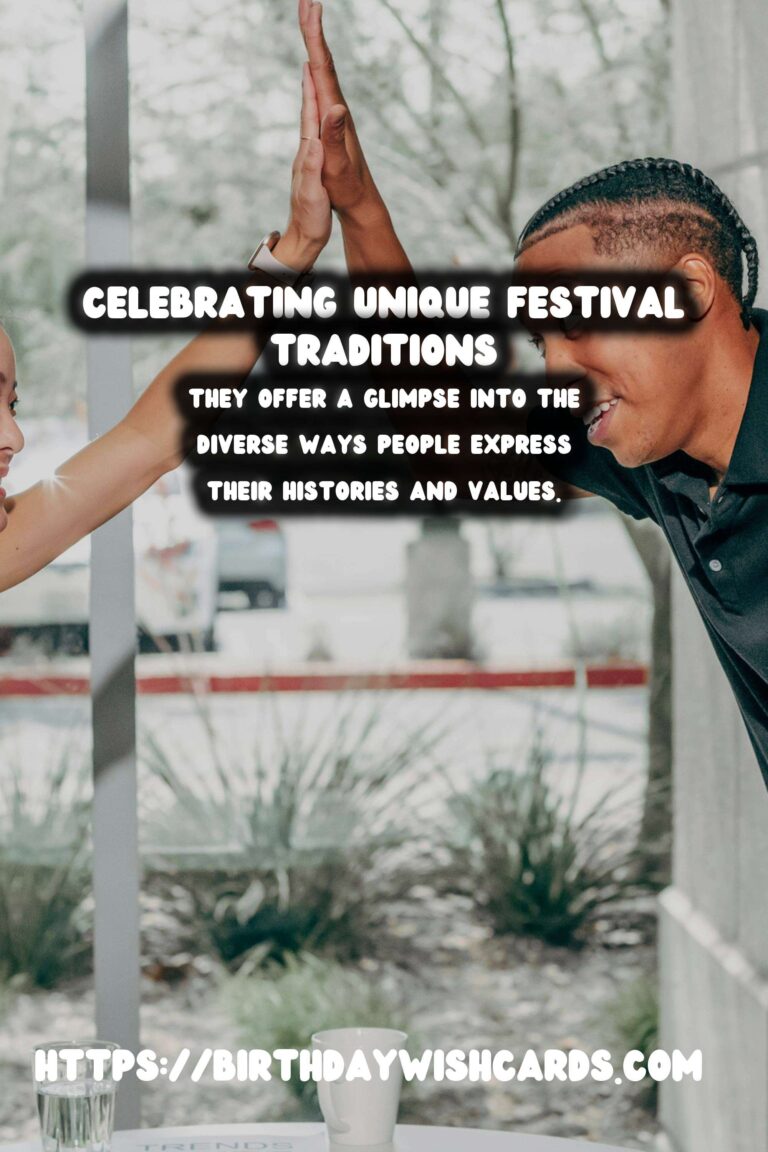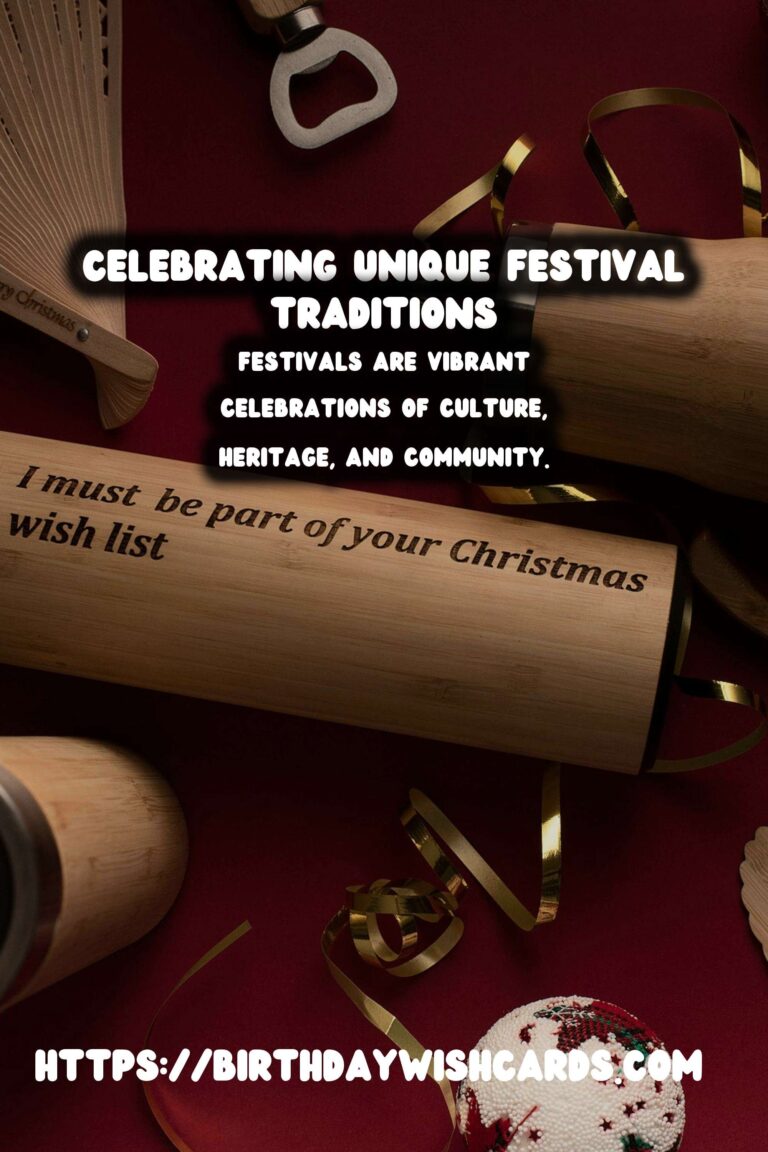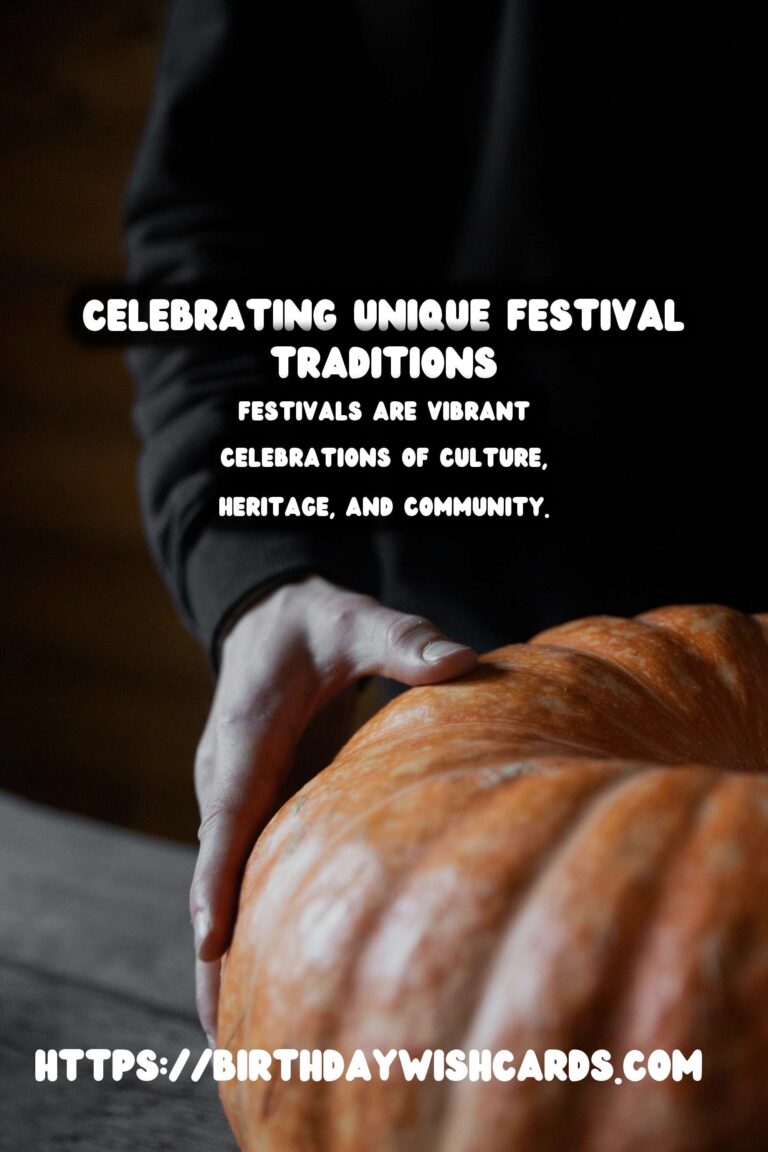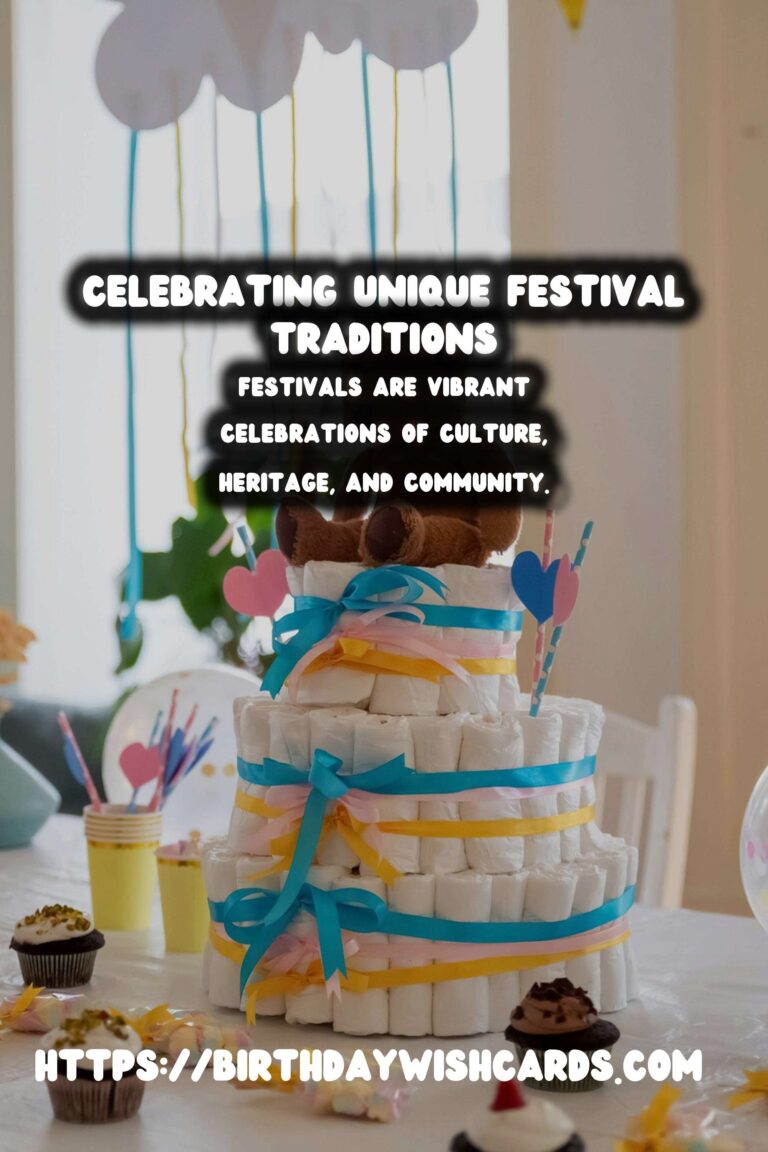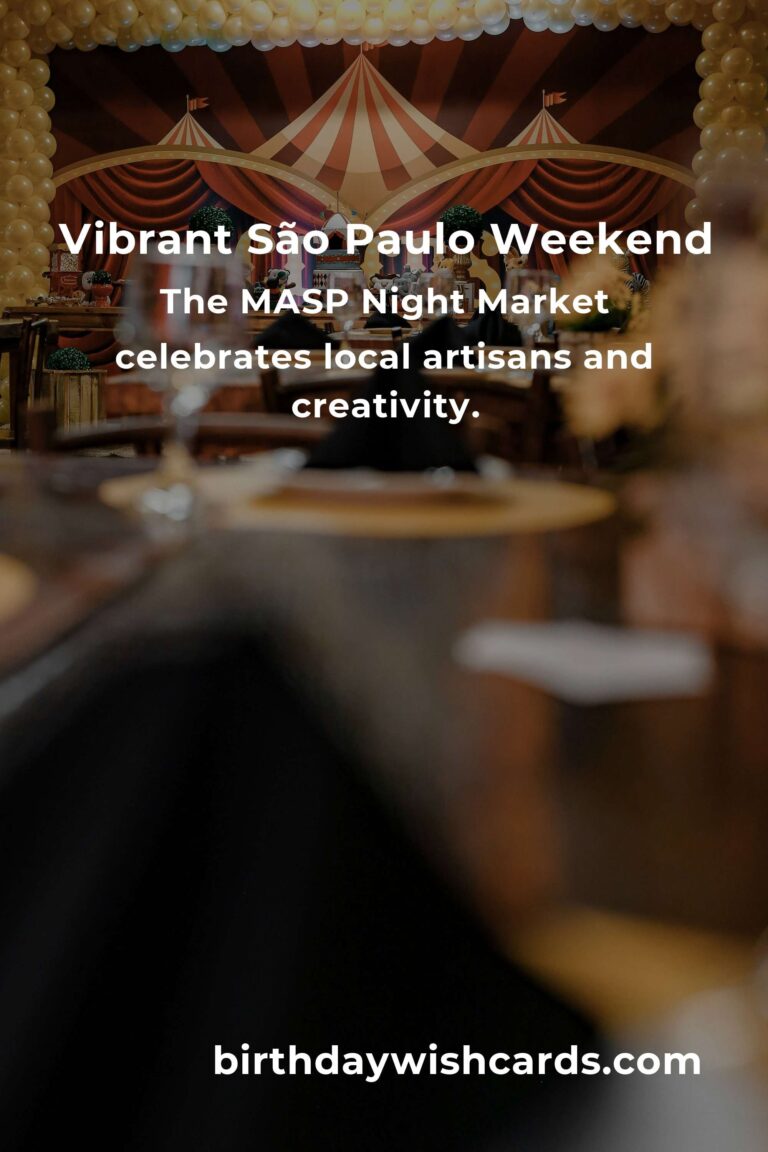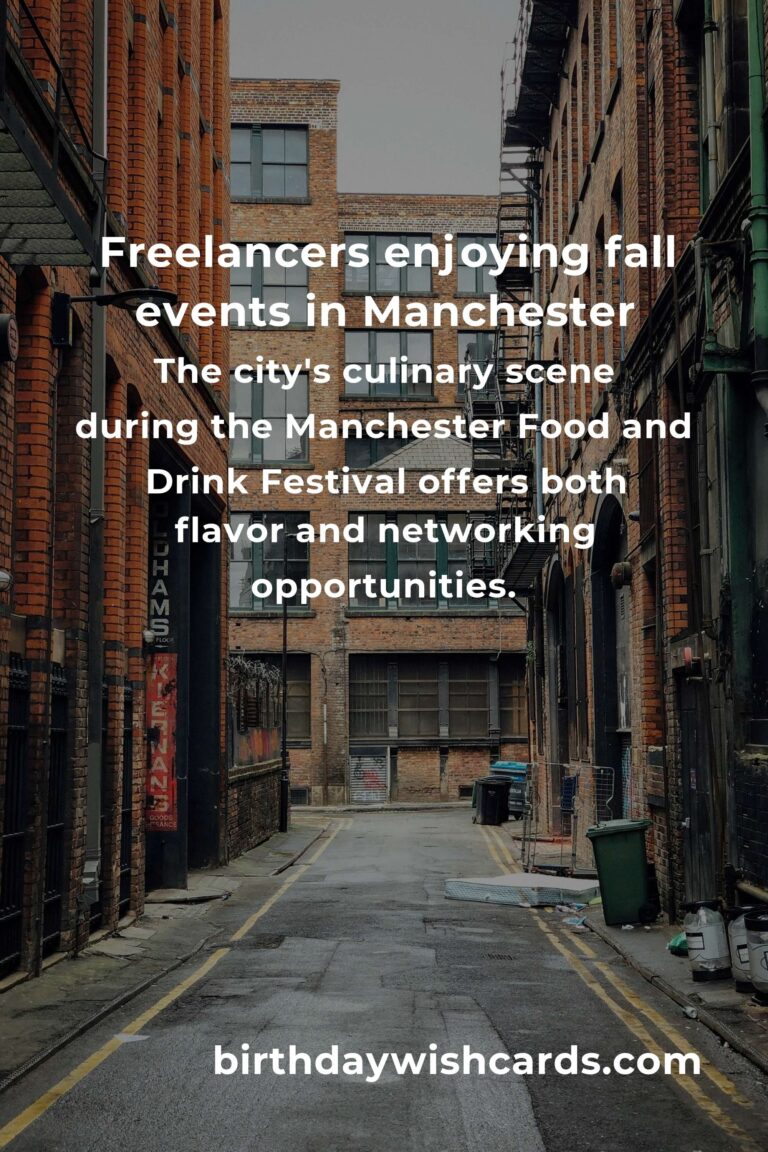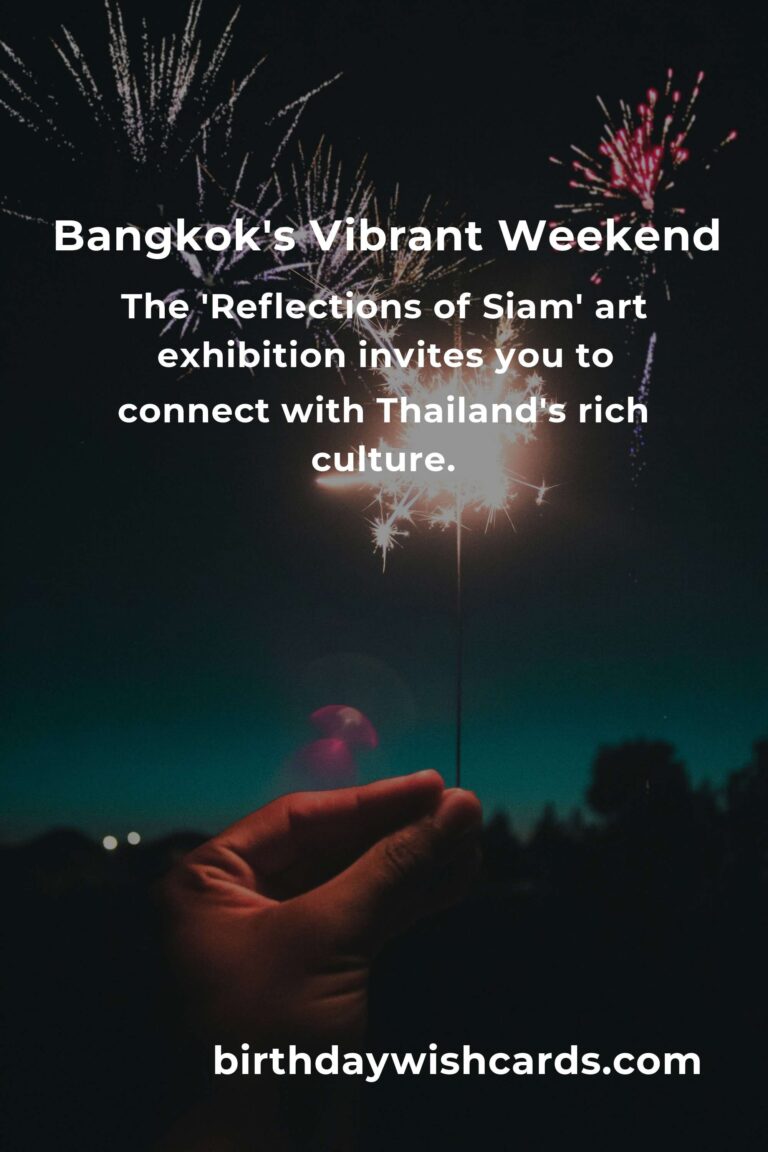
Festivals are vibrant celebrations of culture, heritage, and community that occur in various forms across the globe. They offer a glimpse into the diverse ways people express their histories and values. In this article, we will explore unique festivals that showcase practical traditions embedded in the communities they represent.
1. Diwali: The Festival of Lights
Diwali, known as the Festival of Lights, is primarily celebrated by Hindus, Jains, and Sikhs around the world. It symbolizes the victory of light over darkness and good over evil. Key traditions include lighting oil lamps (diyas), decorating homes with colorful rangoli designs, and bursting fireworks.
The festival lasts for five days, with each day having its own significance, from honoring the goddess Lakshmi to celebrating the New Year according to the Hindu calendar.
2. La Tomatina: The Tomato Fight
Originating in Spain, La Tomatina is arguably one of the world’s most fun and messy festivals. Held annually in Buñol, thousands of participants gather to throw tomatoes at each other. This peculiar tradition began in 1945 during a local festival, and it has grown exponentially ever since.
Participants wear white clothing and indulge in this red fruit battle, creating a lively atmosphere filled with laughter. Despite the chaos, the event emphasizes community spirit and enjoyment.
3. Holi: The Festival of Colors
Another significant Indian festival is Holi, celebrated in March to mark the arrival of spring. Known as the Festival of Colors, it involves throwing colored powders and water at friends and family, representing love, joy, and unity.
The day starts with a bonfire, symbolizing the triumph of good over evil, followed by vibrant street celebrations filled with music and dance.
4. Oktoberfest: A Celebration of Beer
Oktoberfest in Munich, Germany, is the world’s largest beer festival, attracting millions annually. This 16- to 18-day folk festival commences in late September and runs into the first week of October.
Visitors enjoy a variety of German beers, traditional foods like pretzels and sausages, and lively music. The festival may have started in 1810 to celebrate a royal wedding, but it has transformed into a global phenomenon.
5. Carnival: A Burst of Energy
Carnival is celebrated in many countries, but the Brazilian version is particularly famous for its extravagant parades and vibrant costumes. Held before Lent, it serves as a last hurrah before the fasting season.
Rio de Janeiro’s Carnival features samba music, elaborate float designs, and street parties, making it a unique cultural spectacle.
6. Songkran: The Thai New Year Water Festival
Songkran marks the traditional Thai New Year, celebrated in mid-April. This festival is best known for its water fights, where participants splash water to symbolize purification and the washing away of sins.
Aside from the fun water activities, it also involves visiting temples, making merit, and spending time with family, making it both a joyous and spiritual occasion.
7. Running of the Bulls: Pamplona
The Festival of San Fermin in Pamplona, Spain, features the famous Running of the Bulls. This exhilarating event sees participants run ahead of a group of bulls along a designated route through the city streets.
While controversial, this tradition draws thousands of thrill-seekers and tourists who come to experience the adrenaline rush and cultural significance of the event.
8. Lantern Festival: A Symbol of Hope
In China, the Lantern Festival marks the end of the Lunar New Year celebrations. People light and release lanterns into the sky, symbolizing hope and letting go of the past.
The festival also features lion dances, solving riddles, and eating glutinous rice balls, known as tangyuan, which symbolize family reunion.
9. Sapporo Snow Festival: A Winter Wonderland
Held in Sapporo, Japan, the Sapporo Snow Festival is a stunning winter event featuring magnificent ice sculptures and snow displays. This week-long festival, typically held in February, attracts millions of visitors.
The festival showcases intricate snow and ice art, including giant sculptures that reflect various themes—from popular culture to historical events.
10. Midsummer: Celebrating the Summer Solstice
Midsummer celebrations in Sweden and other Nordic countries are rooted in ancient traditions and involve lighting bonfires, dancing around maypoles, and feasting on seasonal foods.
This festival, held around the summer solstice, celebrates the abundance of nature and the joy of community coming together to celebrate the lightest time of the year.
Conclusion
Unique festival traditions around the world offer intriguing insights into the cultural fabric of societies. From water fights in Thailand to the artistic expressions during Sapporo’s snow festival, each celebration reflects the values and history of its people.
As we partake in or observe these festivals, we connect with the universal themes of joy, community, and the everlasting pursuit of harmony between individuals and nature.
Festivals are vibrant celebrations of culture, heritage, and community. They offer a glimpse into the diverse ways people express their histories and values. 

